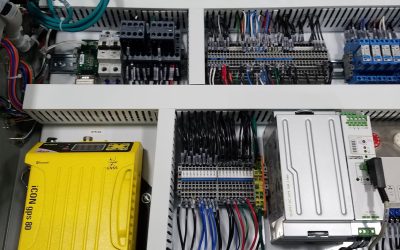Radon gas may be a naturally occurring part of the air we breathe, but when it gathers together inside of buildings, it carries fatal health effects. The EPA recommends that any radon levels over four pCi/L require fixing up the home to bring it down. Here are a few of the best ways you can install a radon mitigation system and keep your home safe:
1. Active Soil Depressurization
Research by Kansas State University has found that radon often enters homes through the soil and an unstable foundation. Therefore, one of the best ways to cut it down is to perform active soil depressurization (ASD), which installs a pipe to vent the gas safely into the air where it dissipates and prevents it from entering the building. This radon mitigation system can be installed in only one day through a reliable service.
2. Ventilation
Installing a ventilation system to keep radon gas in the air moving can help to prevent it from building up and allow it to be safely removed from the home. This is especially important in homes with crawl spaces. Using natural ventilation such as leaving doors and windows open can allow radon to be dissipated into outside air, but it will only work in the short term.
3. Water System
Ingesting radon through the water supply is rarer, but it can still happen. You may want to test your drinking water and install a radon water system that will cut down the radon in contaminated water. Again, the radon is removed safely outside where it can do no damage.
Investing in radon mitigation may be expensive initially, but it will be worth it to cut down on cancer risks. The right ventilation systems can additionally help those with allergies or who are sensitive to dust. Contact a trusted local service to find out how they can radon proof your home.


